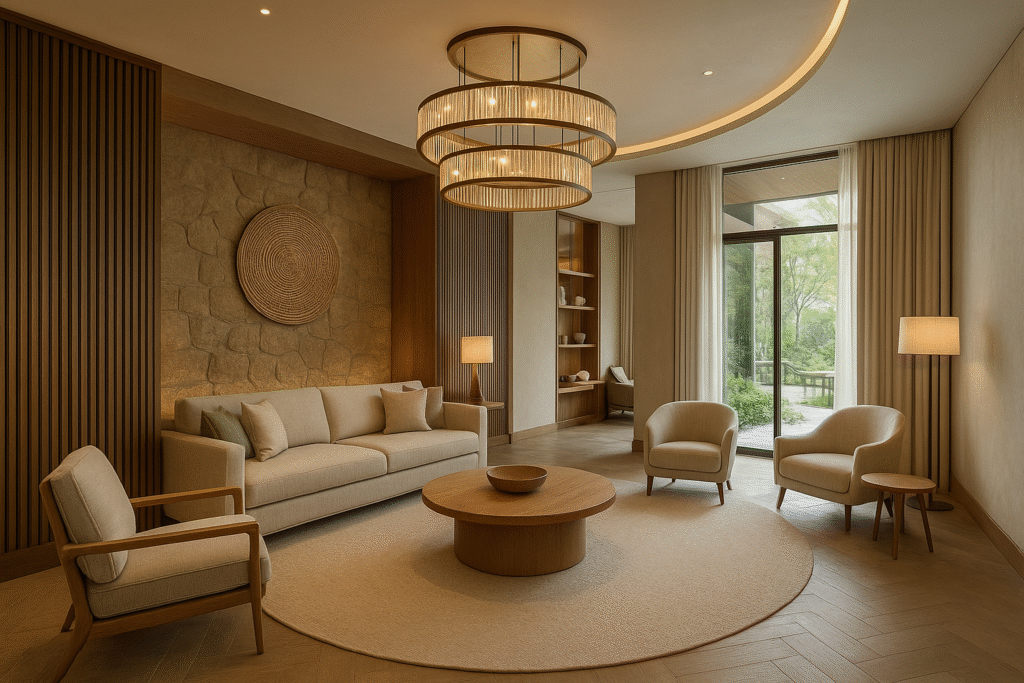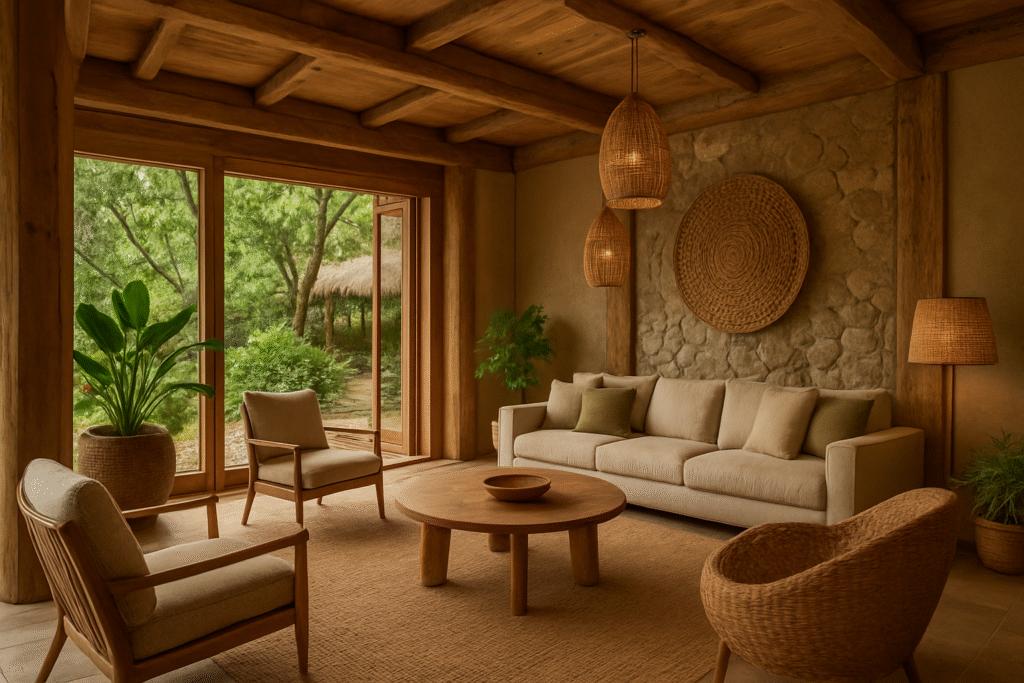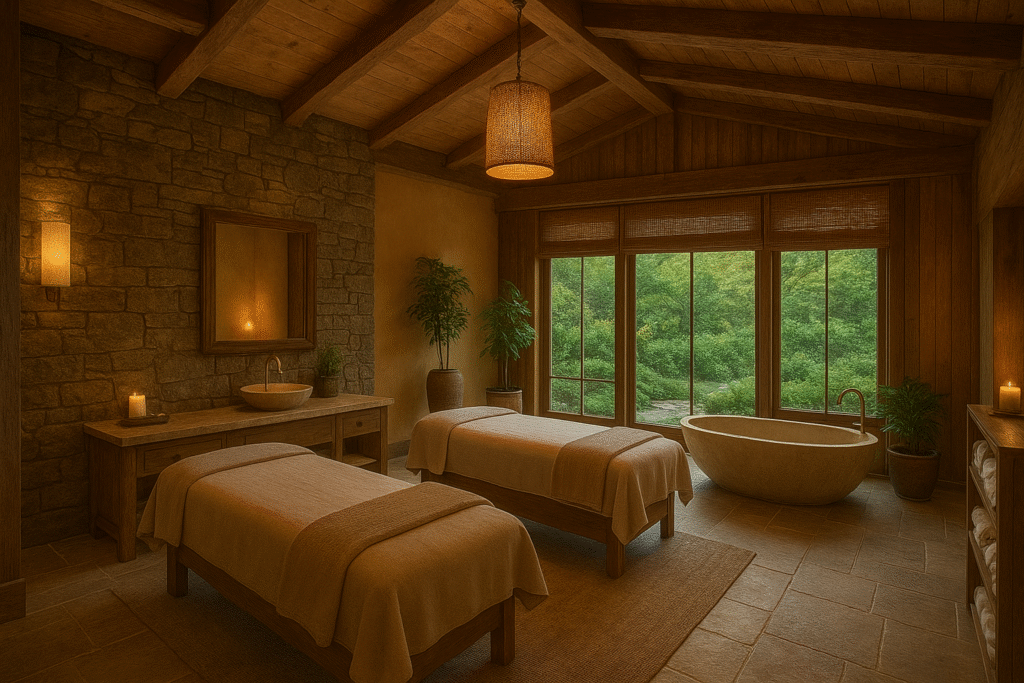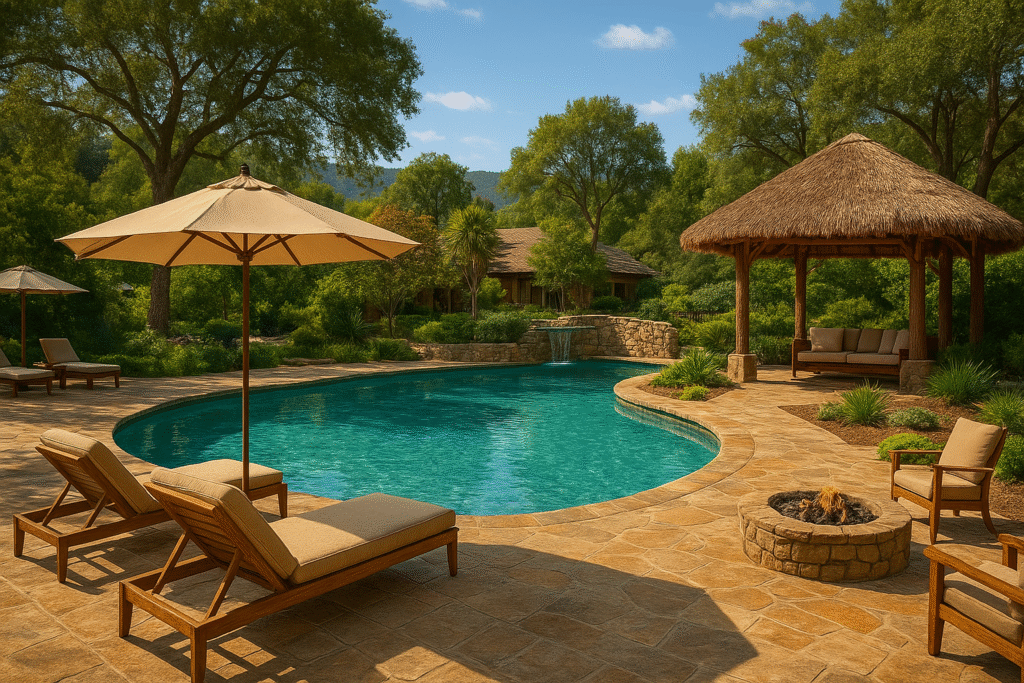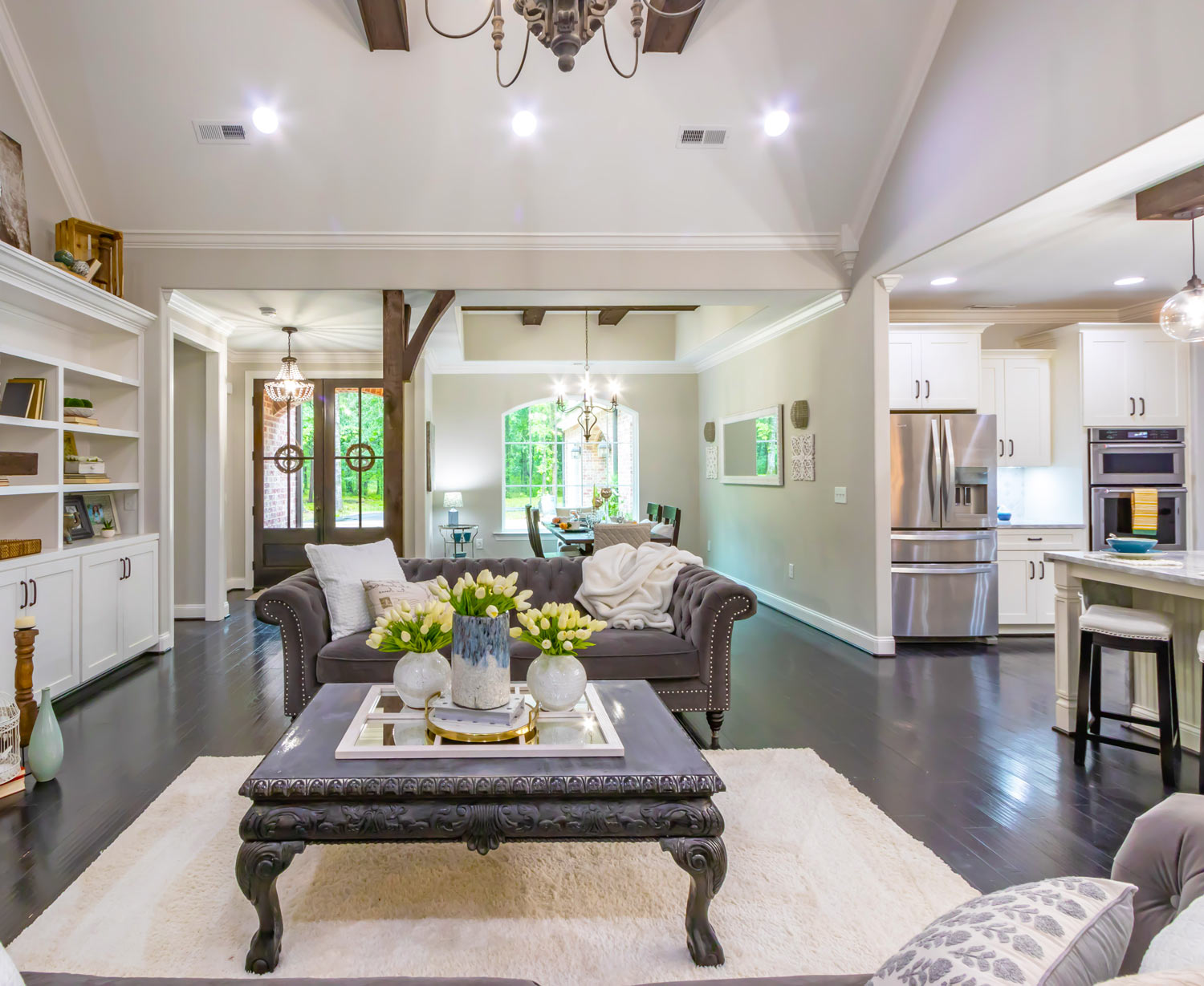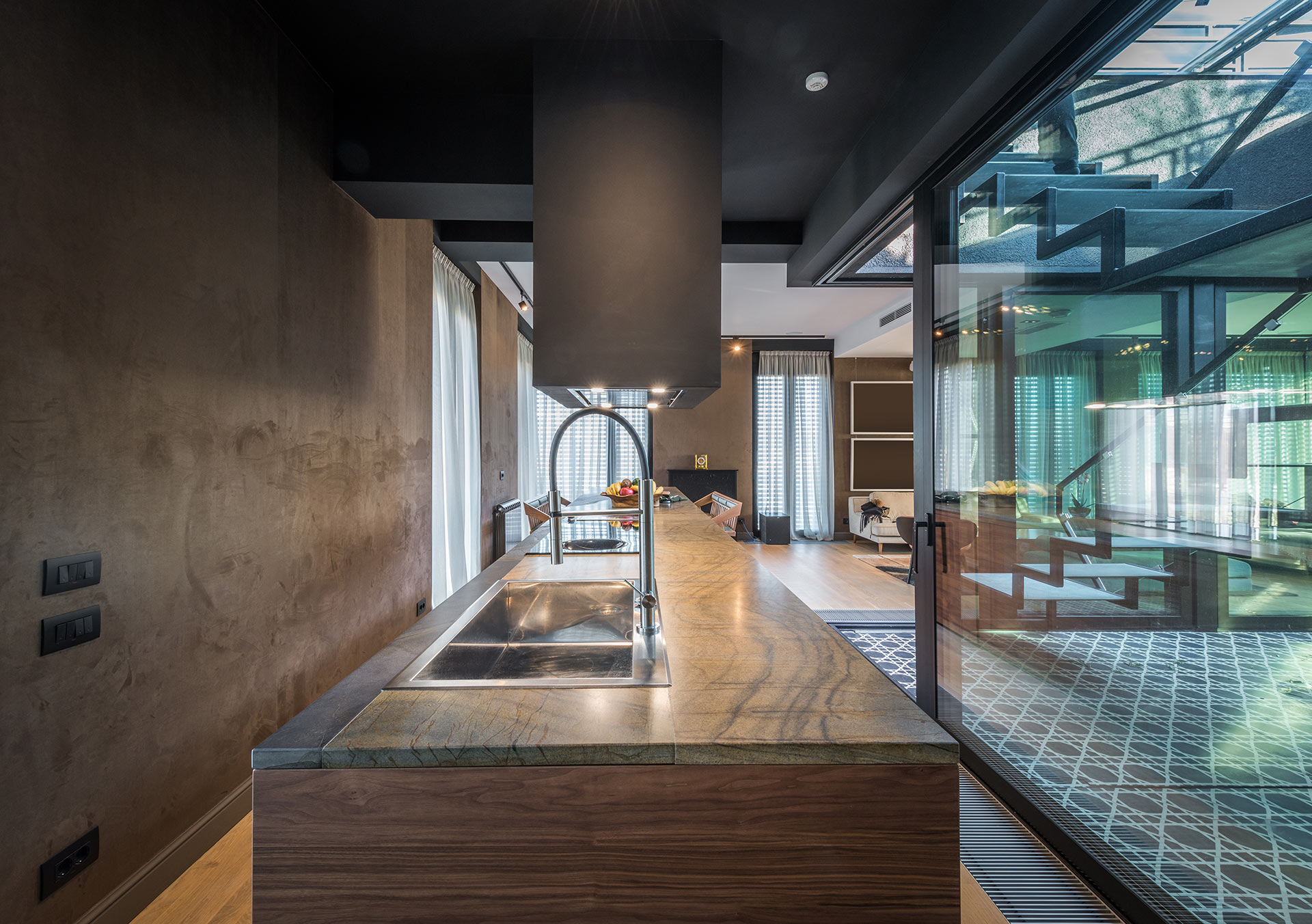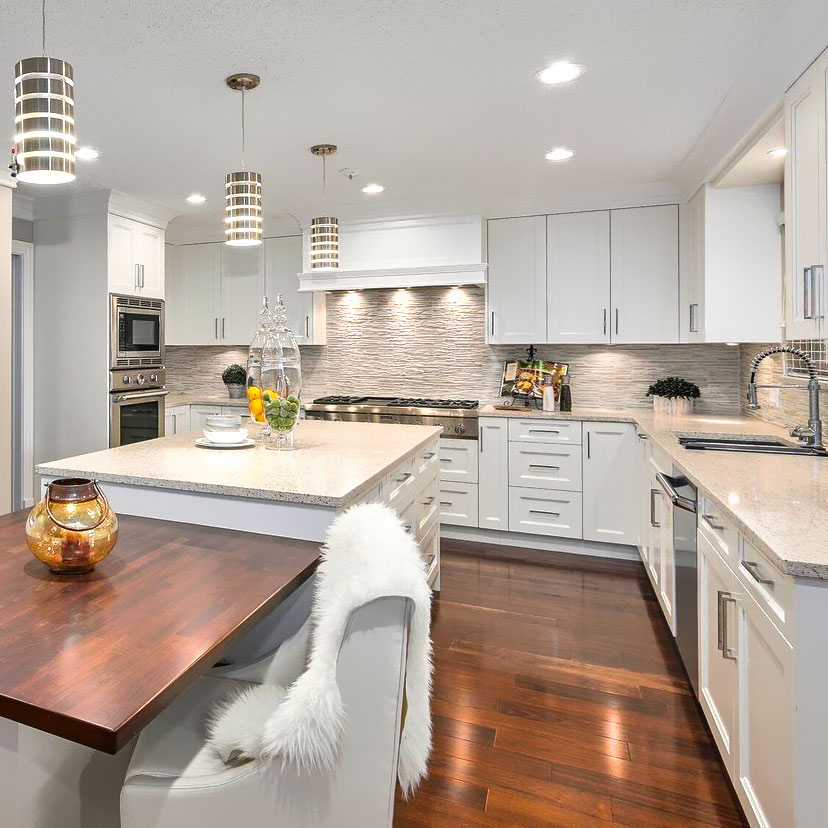Before tearing down walls or replacing furniture, develop a detailed renovation plan. Consider your goals: Are you aiming to increase seating capacity, improve kitchen efficiency, or update your restaurant’s theme?
Key Planning Tips:
- Evaluate existing layout and flow
- Set a realistic renovation budget
- Define your brand identity
Work with an experienced restaurant interior designer
2. Focus on Functional Layout and Flow
Your restaurant’s layout plays a major role in customer satisfaction and staff productivity. A successful renovation should improve the flow between the kitchen, dining area, and service stations.
Layout Ideas:
- Open kitchen concepts to showcase culinary expertise
- Booth and banquette seating for comfort and privacy
- Dedicated pickup zones for takeout and delivery
3. Enhance Your Restaurant Interior Design
Updating the aesthetics is key to making your space memorable and Instagram-worthy. Choose a design theme that aligns with your cuisine and target audience.
Popular Restaurant Design Trends:
- Industrial-style interiors with exposed brick and steel
- Earthy tones with natural materials for a sustainable vibe
- Art deco and vintage-inspired elements
- Bold accent walls or murals for visual impact
4. Upgrade Lighting and Acoustics
Proper lighting can dramatically change the mood of your restaurant. Combine ambient, task, and accent lighting to create a welcoming and dynamic atmosphere.
Acoustic Enhancements:
- Install sound-absorbing panels or ceilings
- Choose softer materials (like upholstered chairs) to reduce echo
5. Kitchen Renovation and Equipment Upgrades
Behind-the-scenes upgrades are just as important. Renovating your commercial kitchen can improve safety, energy efficiency, and service speed.
Key Kitchen Upgrades:
- Energy-efficient appliances
- Durable, easy-to-clean surfaces
- Smart storage solutions to save space
6. Outdoor Seating and Patio Design
Adding or revamping outdoor seating can help increase capacity and appeal to customers who prefer open-air dining especially post-pandemic.
Outdoor Design Tips:
- Weatherproof furniture
- Heaters, umbrellas, or pergolas
- Cozy lighting for evenings
7. Permits, Compliance & Green Building Codes
Before starting your renovation, ensure you meet local building codes, health regulations, and fire safety standards. In Canada and the USA, municipalities often require specific permits for structural changes, plumbing, and electrical work.
8. Marketing Your Renovated Restaurant
Once your space is renovated, announce the transformation! Use social media, email marketing, and Google My Business to highlight the new design and attract both loyal and new customers.
Promotion Tips:
- Before & after photos
- Launch event or soft opening
- Collaborations with influencers or food bloggers
Conclusion: Ready to Renovate Your Restaurant?
Restaurant renovation is a big step, but with the right planning and creative ideas, it can lead to a more attractive, efficient, and profitable space. Whether you need a full remodel or a few impactful upgrades, focus on what adds value to both the customer experience and your bottom line.
